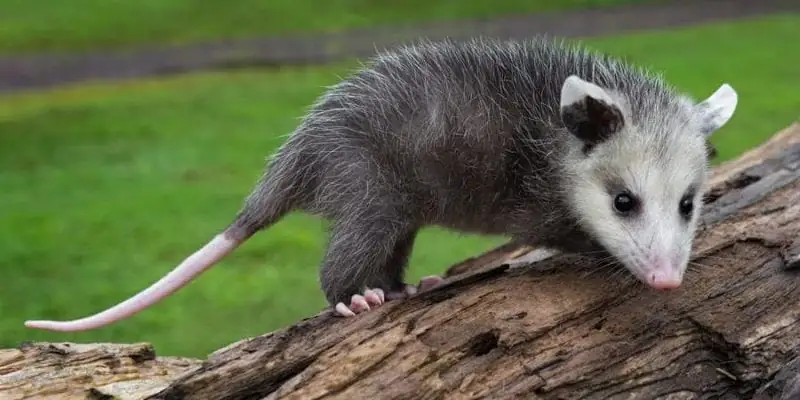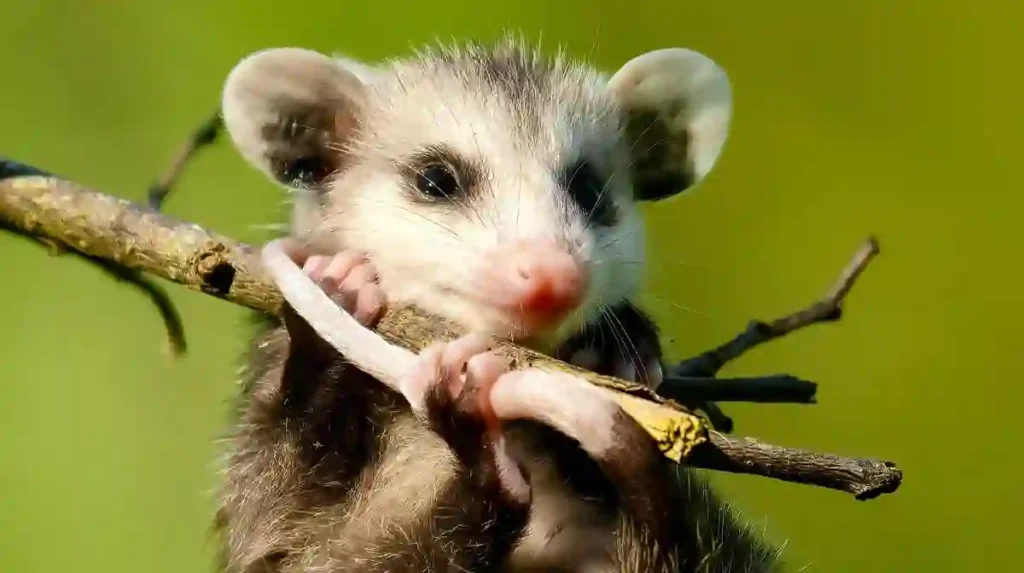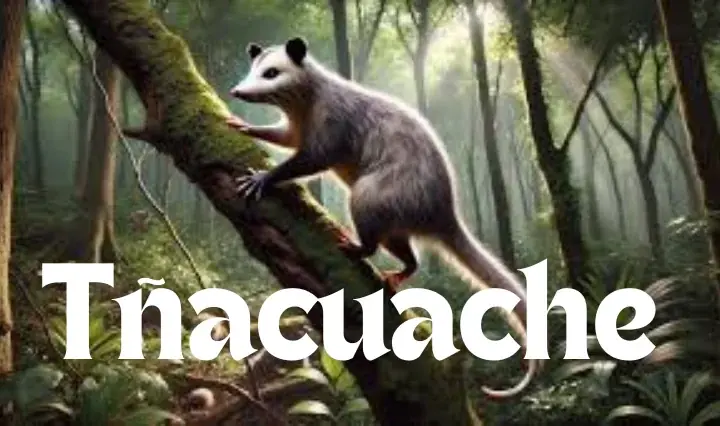1. Introduction
What is a Tñacuache?
The Tñacuache, also known as the opossum, is a fascinating marsupial native to the Americas. This nocturnal creature, often recognized by its distinctive prehensile tail and unique appearance, plays a significant role in its ecosystem. Understanding the Tñacuache’s characteristics, habitat, and role can provide valuable insights into the broader ecological and cultural contexts in which it exists.
Importance and Relevance of the Tñacuache
The Tñacuache’s adaptability and varied diet make it an essential part of many ecosystems. Its role in controlling insect populations and its interactions with other species highlight its ecological importance. Additionally, the Tñacuache holds cultural significance in various regions, contributing to local folklore and traditional practices.
2. Biological Classification
Scientific Name and Taxonomy
The Tñacuache belongs to the order Didelphimorphia, with its scientific name being Didelphis virginiana. This species is part of the family Didelphidae, which includes various opossum species. Its classification places it among the most primitive of living marsupials.
Physical Characteristics
Tñacuaches are characterized by their size, which ranges from 40 to 50 cm in length, including their tail. They have a rat-like appearance with a long, hairless tail, and their fur can vary from white to gray. Their large, pointed ears and sharp claws aid in climbing and foraging.
3. Habitat and Distribution
Geographic Range
The Tñacuache is primarily found in North and Central America, extending from the United States to Panama. Its range includes a variety of habitats, from forests and swamps to urban areas.
Preferred Habitats and Environmental Adaptations
Tñacuaches are highly adaptable and can thrive in diverse environments. They prefer areas with abundant food sources and shelter, such as hollow logs or abandoned buildings. Their ability to adapt to urban settings has made them increasingly common in cities.
4. Behavior and Diet
Feeding Habits and Diet
Tñacuaches are omnivores, consuming a wide range of foods including insects, fruits, small animals, and carrion. Their scavenging behavior helps in nutrient recycling within their ecosystems.
Social Behavior and Adaptations
Generally solitary, Tñacuaches are known for their defensive behaviors, such as “playing dead” when threatened. This behavior is a survival tactic that helps them avoid predators.

5. Role in Ecosystem
Ecological Importance
Tñacuaches play a critical role in their ecosystems by controlling insect populations and consuming carrion, which helps reduce the spread of disease. Their foraging habits also contribute to seed dispersal.
Interactions with Other Species
Their interactions with various species, including predators and prey, influence ecological balances. By feeding on pests and decomposing organic matter, Tñacuaches support the health of their habitats.
6. Cultural Significance
Tñacuache in Local Folklore and Mythology
In many cultures, the Tñacuache is featured in folklore and mythology. For example, in some Native American stories, the opossum is depicted as a cunning and resourceful creature.
Uses in Traditional Medicine
In certain traditional practices, parts of the Tñacuache have been used in remedies for various ailments. Its role in traditional medicine reflects its historical significance in human societies.
7. Conservation Status
Threats and Challenges
While the Tñacuache is currently not considered endangered, it faces threats from habitat loss, vehicle collisions, and environmental changes. These challenges impact its population stability.
Conservation Efforts and Strategies
Conservation efforts focus on habitat preservation and reducing human-wildlife conflicts. Awareness campaigns and protective measures aim to mitigate the impact of threats on Tñacuache populations.
8. Expert Insights
Insights from Wildlife Experts
Wildlife experts highlight the Tñacuache’s ecological contributions and its adaptability to changing environments. Studies emphasize the importance of understanding its role in maintaining ecosystem balance.
Recent Research and Findings
Recent research has shed light on the Tñacuache’s behavior, diet, and interaction with other species. These findings contribute to a deeper understanding of its ecological impact and conservation needs.
9. Future Outlook
Emerging Trends in Tñacuache Research
Emerging trends in research include studies on the Tñacuache’s role in urban environments and its adaptability to climate change. These areas of research are crucial for developing effective conservation strategies.
Predictions for Conservation and Habitat Changes
Future predictions suggest that habitat changes and climate fluctuations may impact Tñacuache populations. Ongoing monitoring and adaptive management strategies will be essential for ensuring their survival.

10. Practical Applications and Tips
How to Observe Tñacuaches Safely
Observing Tñacuaches in the wild requires caution. It is advisable to maintain a respectful distance, avoid disturbing their habitat, and use non-intrusive methods for observation.
Tips for Researchers and Wildlife Enthusiasts
Researchers and enthusiasts should focus on ethical practices, such as minimizing disturbance and contributing to conservation efforts. Participating in citizen science projects can also aid in data collection and habitat monitoring.
11. Conclusion
Summary of Key Points
The Tñacuache, or opossum, is a remarkable marsupial with a crucial role in its ecosystem. Its adaptability, cultural significance, and ecological contributions make it an important species to study and protect.
Final Thoughts on the Importance of the Tñacuache
Understanding and preserving the Tñacuache is vital for maintaining ecological balance and respecting cultural heritage. Continued research and conservation efforts will help ensure the species’ survival and well-being.
FAQs
Q1: What is a Tñacuache?
Tñacuache, commonly known as the opossum, is a marsupial native to the Americas. It is characterized by its prehensile tail, rat-like appearance, and nocturnal behavior. It plays an important ecological role and is noted for its adaptability to various environments.
Q2: Where can Tñacuaches be found?
Tñacuaches are primarily found in North and Central America, including regions from the United States to Panama. They inhabit diverse environments such as forests, swamps, and urban areas.
Q3: What do Tñacuaches eat?
Tñacuaches are omnivores with a diet that includes insects, fruits, small animals, and carrion. Their scavenging helps in nutrient recycling and controlling pest populations.
Q4: Why are Tñacuaches important to their ecosystem?
Tñacuaches play a crucial role in their ecosystems by controlling insect populations, consuming carrion, and aiding in seed dispersal. Their presence helps maintain ecological balance.
